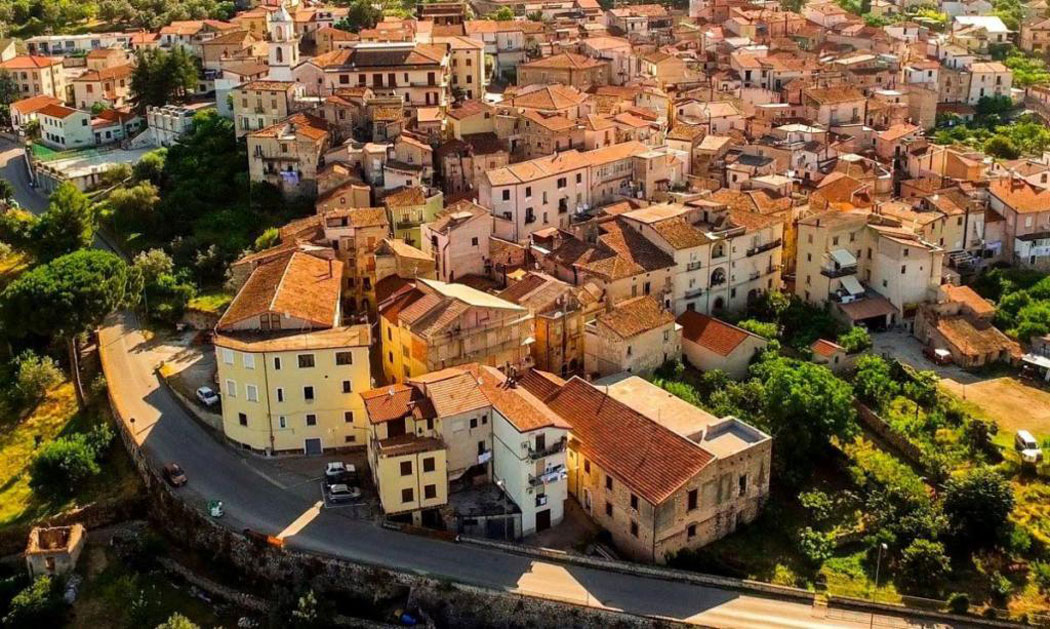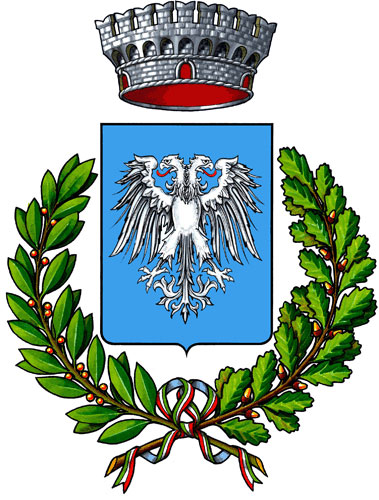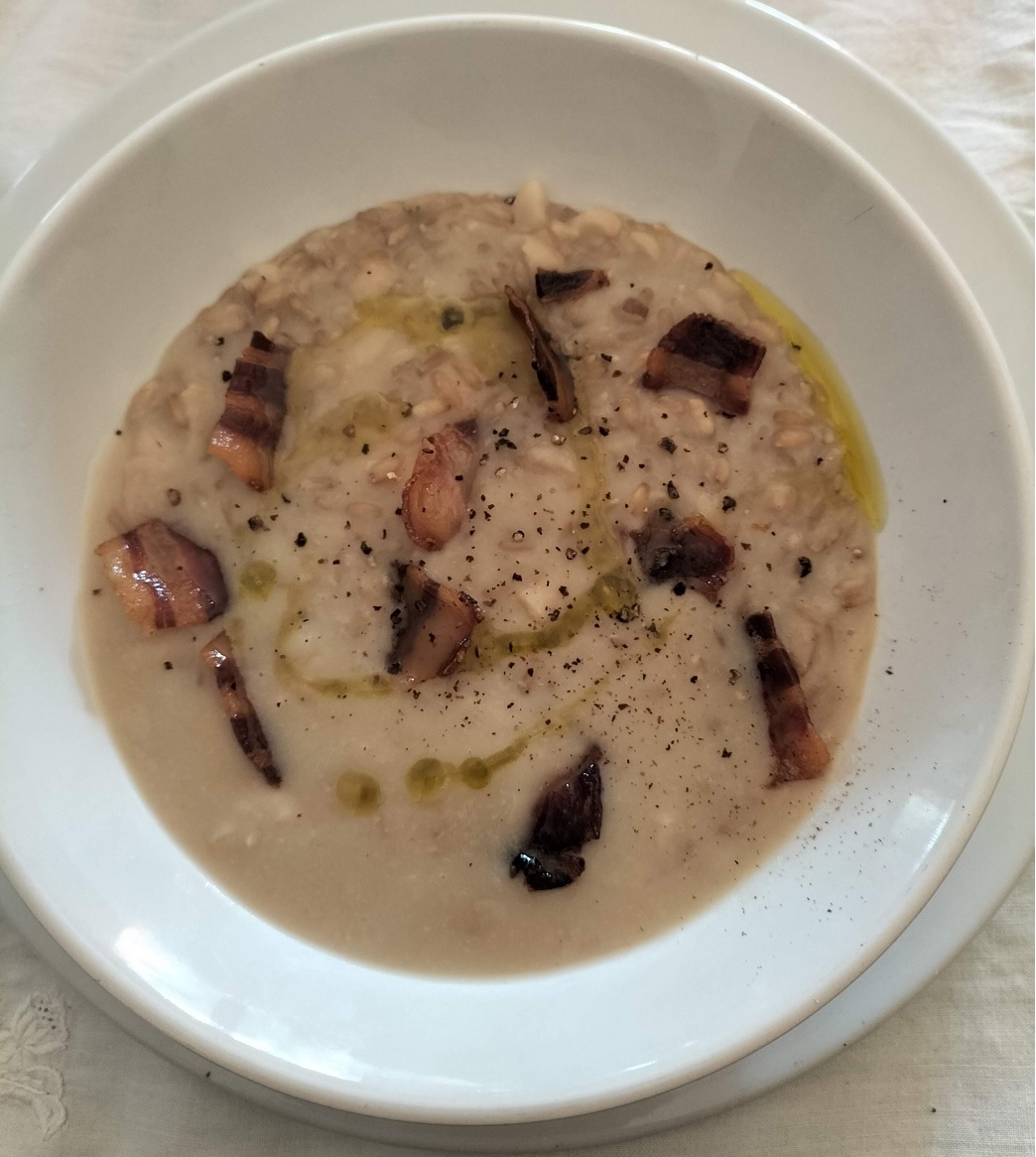

Its origins are ancient and a legend says that it was founded by some inhabitants of nearby Paestum who fled when the Sybarites arrived. Sibari was a rich Greek city in Calabria and around 510 BC it was conquered by the Crotonesi forcing some Sybarites to flee in search of refuge in Paestum.
Probably some inhabitants of Paestum, in turn, went inland and founded a first nucleus of the town. Ancient coins have been found, plus the remains of a pagan temple with a mosaic floor and parts of a Roman aqueduct with lead pipes.
But the birth of the current village is medieval when, around the IX century, the coasts were attacked by the Saracens who plundered the villages. The population, once again, escaped from today's Paestum to move to fortified hills in search of refuge while the presence of small churches or monasteries retained knowledge.
The name Controne perhaps comes from the Greek and means contra-elion, land facing the sun.
The first to arrive in Cilento shortly after the year 1000 and to give a feudal organization were the Normans supported by the Catholic church, interested in eradicating every Orthodox tradition. These divided the territory into baronies which they assigned to families loyal to them and Controne was assigned to the barony of Guglielmo di Postiglione.
Some members of this family took part in the Conspiracy of Capaccio hatched by Pope Innocent IV against Frederick II of Swabia, called Stupor Mundi for its size, which was rapidly establishing itself throughout Italy. This provoked the anger of the emperor.
In 1264, the Swabians of Frederick II arrived and conquered the whole area, razed the small village to the ground and gave a new administrative order to all the territories. The rebirth of the housing nucleus took place thanks to the work of the Benedictine monks and to the abbey and church of San Nicola di Bari, a saint of oriental origin appreciated by both the Orthodox and the Catholic churches.
It should be noted that in the Controne coat of arms there is an eagle with two heads which should mean precisely the two souls of the Byzantine East and the West. This monastery was in turn destroyed and the monks took refuge in the Monastery of San Filippo della Castelluccia.
With the arrival of the Angevins, the situation changed and the power of the monks was redefined. Baron Pandolfo di Fasanella was appointed as a new feudal lord and his government was very restrictive. For example, the baron had the right to graze his stock, the population had to guarantee him some days of work and participate in some family expenses and there was a ban on the movement of other families to Controne.
The fiefdom was then transferred to the Sanseverino family until one of the heirs came into conflict with Ladislao king of Naples, of the Angevin dynasty, who took away the fiefdom.
With the arrival of the Spaniards of Aragon the situation reversed and Amerigo Sanseverino was appointed feudal lord of a territory that also included Controne. He was then succeeded by various feudal lords until it reached Ferdinando Vitelli di Castelluccia, a captain who had made himself useful to the king and had been rewarded in this way.
To this family that ruled with the typical rigidity of the lords, including the hated Jus Primae Noctis (droit de seigneur), was responsible for the construction of the Baronial Palace now the seat of the municipality.
Controne followed the lives of the various feudal lords who have followed one another with arrogance so as to give rise to forms of revolt and banditry still told in numerous local legends. A popular uprising should be remembered in 1647 which led to the rewriting of municipal statutes and improved guarantees for the people.
In 1760, Controne became part of the royal possessions of the Regia Camera Sommaria which, in addition to checking the accounts of the state, dealt with matters relating to the harassment by the baronies.
After the Napoleonic period and the abolition of feudalism, Controne became part of the Campania District of the Bourbon Kingdom and then of the Kingdom of Italy in 1860.
Controne agriculture has always been at the centre of the country's activity thanks both to the mills in the area, fed by canals from mountain springs, and to a unique excellent crop: Controne Bean.
It is a white bean with a thin and particularly digestible skin whose cultivation is done following traditional methods near the waterways. It is celebrated in a November festival where you can taste traditional dishes such as beans in tochetto, with endive and Laganà and Fagioli, a particular type of handmade pasta.
Cover picture: Controne by PIXAL Drone - Davide Ferrigno









Follow us